
Join 10k+ people to get notified about new posts, news and tips.
Do not worry we don't spam!
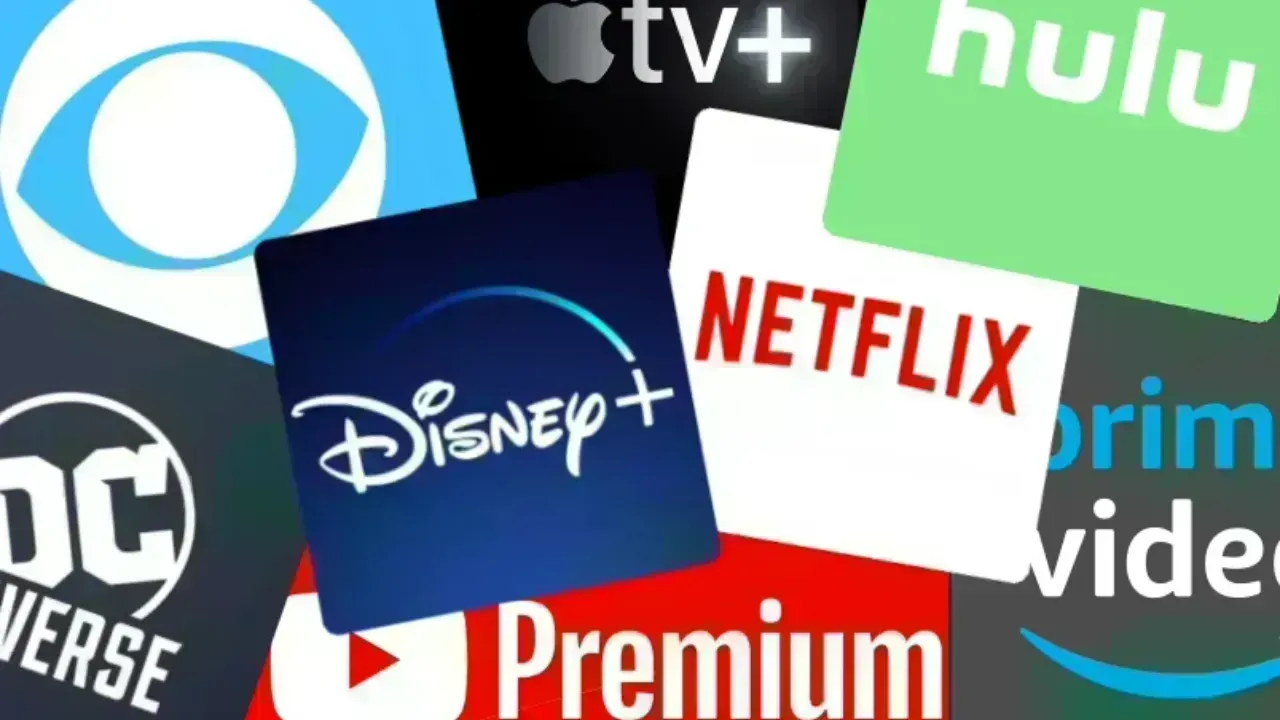
Post by : Anis Farhan
Photo: X
In 2025, streaming is no longer just a platform—it’s a geopolitical tool, a cultural mirror, and a multibillion-dollar battlefield.
Netflix, Disney+, Amazon Prime Video, and a new crop of regional streamers like Viu (Asia), Shahid (Middle East), and JioCinema (India) are competing for global dominance—not only with subscriber numbers but also with original content that defines how societies see themselves and others.
With over 1.7 billion global streaming users in mid-2025, and content available in over 130 languages, the landscape of digital entertainment has become a new kind of soft-power diplomacy. It is not just Hollywood anymore—it’s Hallyuwood (Korea), Tollywood (India), and even Nollywood (Nigeria) reshaping cultural boundaries and global narratives.
But with power comes paradox. Who gets to tell stories? What languages dominate? And are global platforms truly inclusive—or just globally distributed?
Netflix started its global expansion in 2016 by exporting English-language shows. But that strategy flipped quickly. Today, non-English content accounts for over 50% of the platform’s total viewing time globally.
Series like:
“Squid Game” (Korea)
“Money Heist” (Spain)
“Delhi Crime” (India)
“Fauda” (Israel)
…have redefined what it means to have a global hit. Subtitles and dubbing, once niche features, are now central to platform strategies. Algorithms recommend across borders—pushing a teenager in Brazil to watch Thai romance, or a viewer in Turkey to binge Colombian drama.
Meanwhile, Disney+ launched Disney+ Hotstar in India, bundling cricket with regional content in Tamil, Telugu, and Bengali. Amazon invested in original series in Africa and Southeast Asia, including local-language sci-fi and horror. Even Apple TV+, historically U.S.-centric, is now developing shows in Japanese, Arabic, and Tagalog.
This is not mere localization. It’s a calculated effort to own cultural shelf space in every major region—and shape what “mainstream” even means.
Asia is no longer just a consumer of Western culture—it is a content exporter. In 2025:
South Korea’s content exports are valued at over $15 billion, led by Netflix, Viu, and homegrown platform Tving
India remains the second-largest content-producing country for Amazon and Netflix after the U.S.
Indonesia, Thailand, and the Philippines are seeing record viewership for homegrown dramas on WeTV and Viu
Chinese giants like iQIYI and Tencent Video are now subtitling dramas into English, Malay, and Spanish for global consumption
Streaming has blurred cultural boundaries but also sparked new national pride. “We no longer need Hollywood to validate us,” said a Jakarta-based showrunner. “We’re making stories for the world, from our own streets.”
Governments are catching on. South Korea offers production subsidies for global-facing shows. India’s Ministry of Information is pushing co-production treaties. Even ASEAN is exploring a regional content fund to promote Southeast Asian storytelling abroad.
Yet, as much as global content flourishes, platform algorithms remain gatekeepers. Recommendations are driven by watch time, language preferences, and regional licensing—not cultural diversity. This can reinforce echo chambers, sidelining niche languages or low-budget narratives.
Subtitles in minority languages remain limited. Indigenous content is rare. Meanwhile, popular content often gets re-skinned for global tastes—flattening nuance in favor of trend.
In response, regional streamers are fighting back. Shahid (Middle East) champions Arab identity through exclusive Islamic historical dramas. Showmax (Africa) promotes pan-African comedies and documentaries. JioCinema in India now invests in hyperlocal genres—like Bhojpuri action or Marathi folklore.
The message: culture is not just data—it’s lived experience, and global reach must not come at the cost of authenticity.
Governments are also stepping in to protect national culture. In 2024:
The European Union mandated 30% local content quotas on all major platforms
India introduced self-classification rules to prevent cultural or religious backlash
Indonesia proposed a tax on foreign streamers, redirecting funds to local production
Nigeria passed a Streaming Content Protection Act, favoring domestic licensing rights
These moves are framed as cultural preservation—but critics warn they may morph into censorship. In some countries, LGBTQ+ content, political satire, or ethnic minority stories face takedowns or age restrictions.
This raises deeper questions: Who owns the global story? Is streaming liberating narratives—or just colonizing them with better UX and subtitles?
Streaming is the new arena of soft power. Countries are building digital cultural strategies, leveraging storytelling for diplomacy. Think of:
Korea’s K-drama boom fueling tourism and exports
India’s diaspora-driven global success in family dramas and mythology
Spain and Mexico using Netflix to revive interest in Spanish-language content globally
These aren’t accidents—they’re policy-backed, tech-enabled cultural exports, part of a larger playbook for global influence.
At the same time, platforms must grapple with sustainability. Subscription fatigue is real. Bundling wars have begun. And audiences, more than ever, demand meaning, not just entertainment.
This article is for editorial and informational purposes only. It does not offer legal, financial, or cultural policy advice. All statistics and platform developments reflect publicly available data as of July 2025.
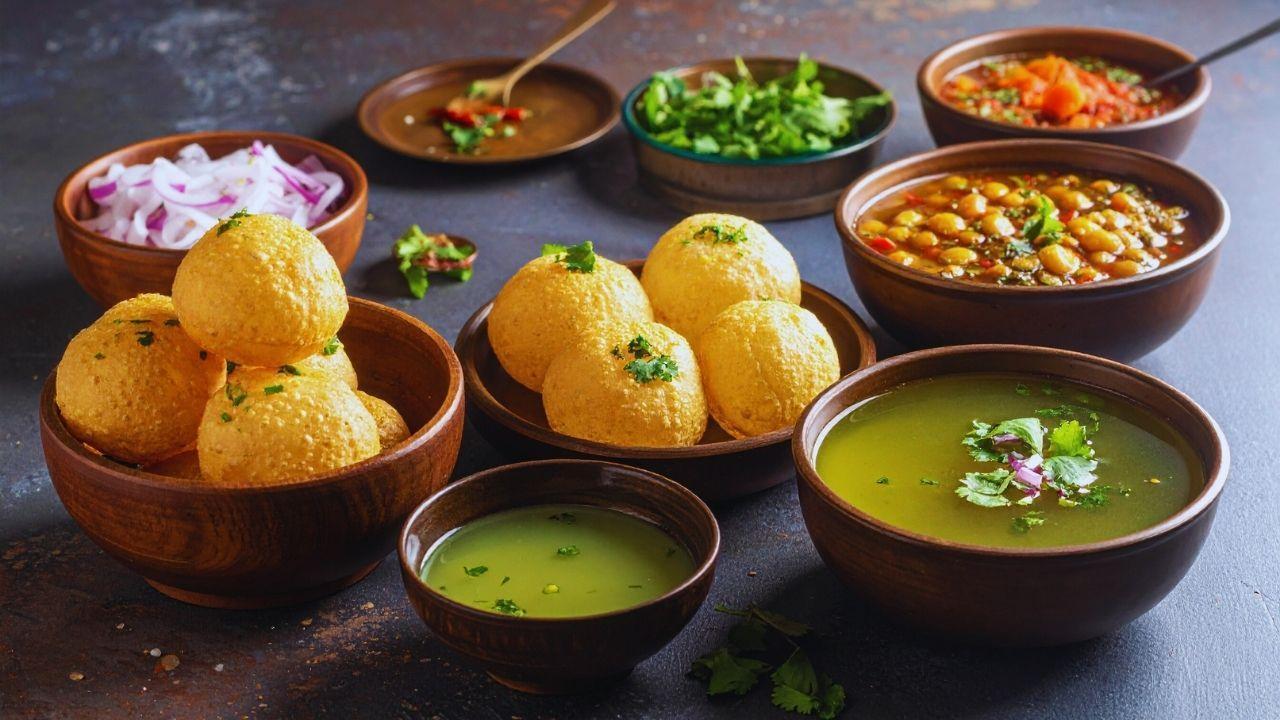






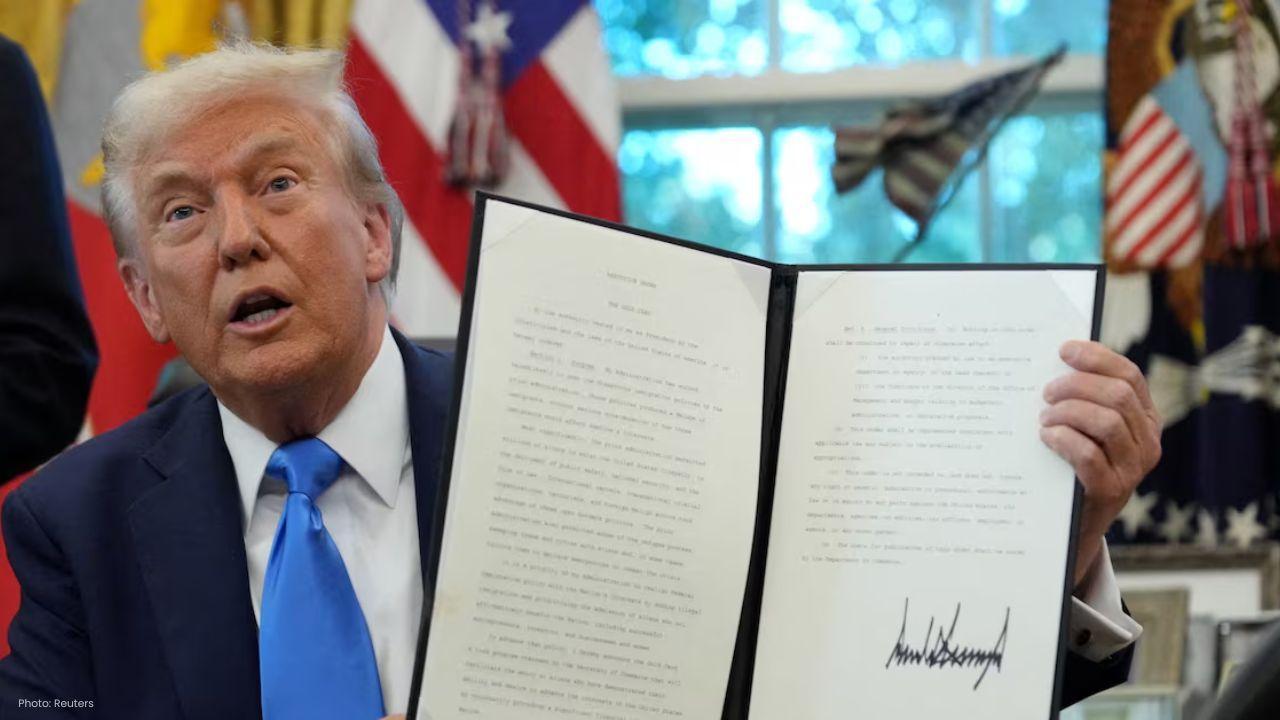


Muhammad Hamza Raja Wins IFBB Pro Card Puts Pakistan & UAE on Global Stage
Pakistani bodybuilder Muhammad Hamza Raja earns IFBB Pro Card in Czech Republic, showcasing Dubai’s
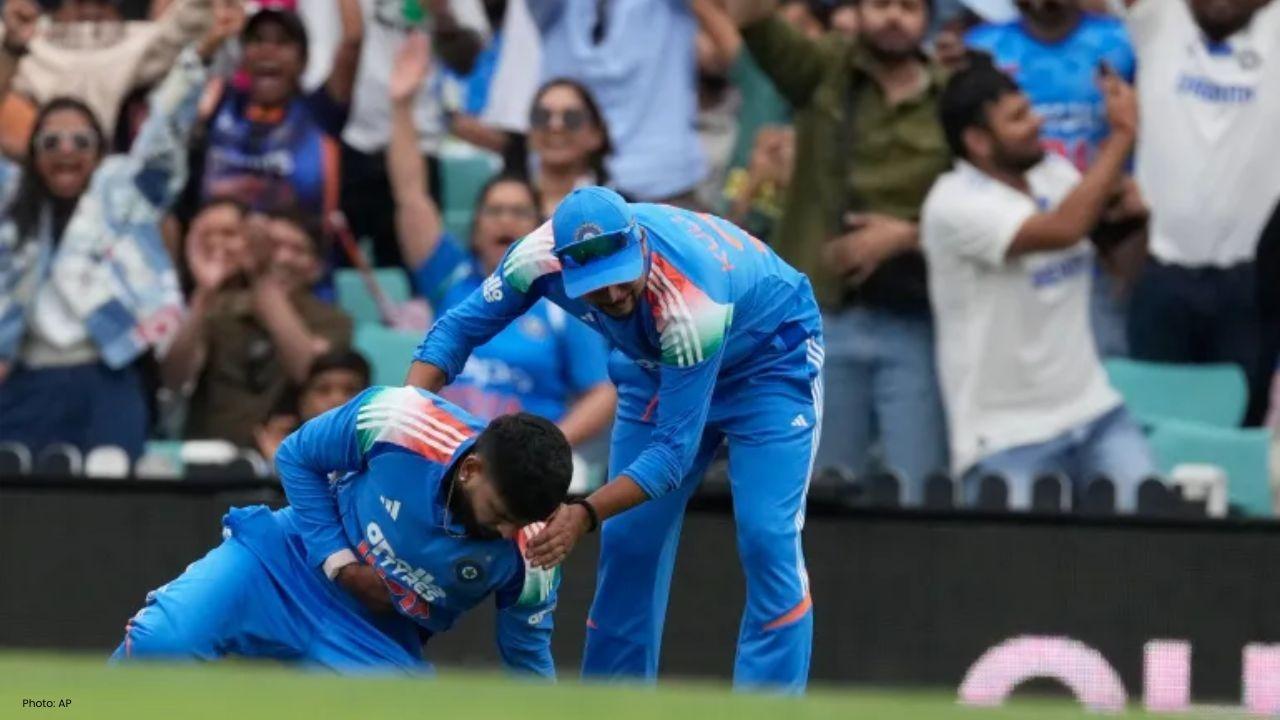
Shreyas Iyer’s Recovery Underway After Spleen Laceration in Sydney ODI
Shreyas Iyer is recovering after a spleen laceration sustained while taking a catch in the Sydney OD
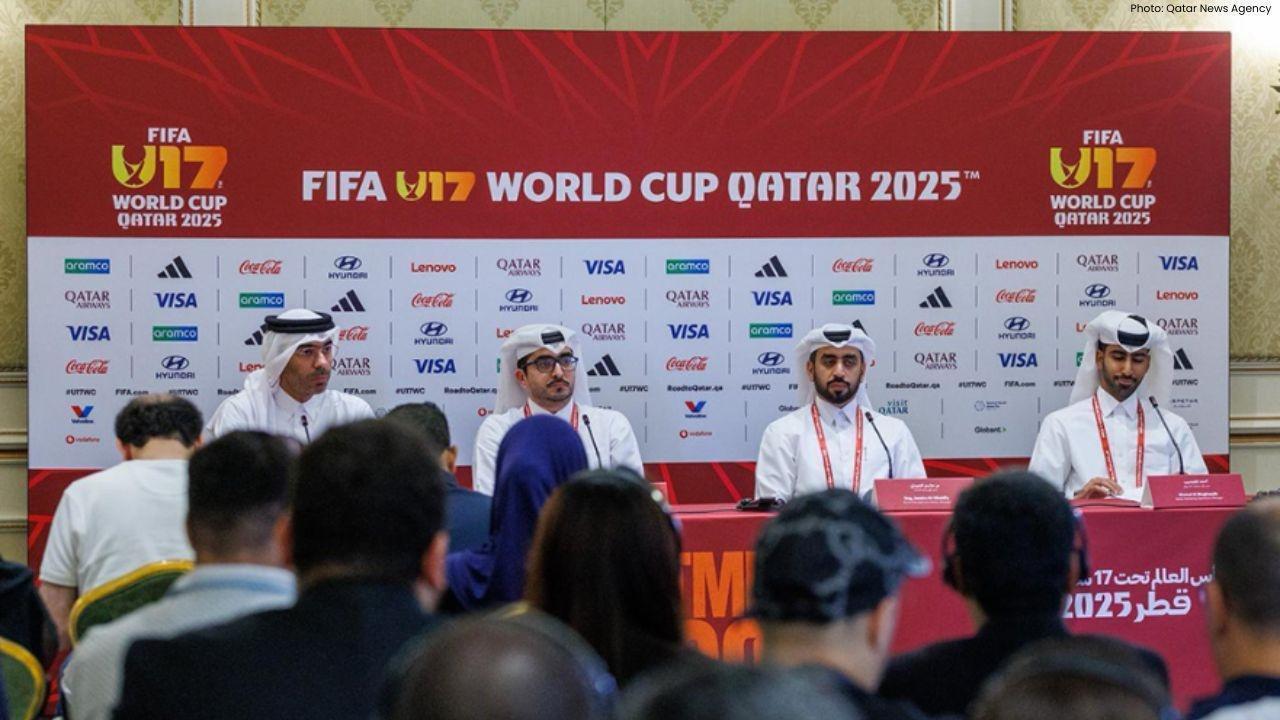
Qatar Ready to Host FIFA U-17 World Cup 2025 in Aspire
Qatar confirms full readiness to host the FIFA U-17 World Cup 2025 from November 3–27, with world-cl

Wolvaardt’s 169 Sends South Africa Into Women’s World Cup Final
Laura Wolvaardt’s 169 powered South Africa to a 125-run semi-final win over England, booking a place
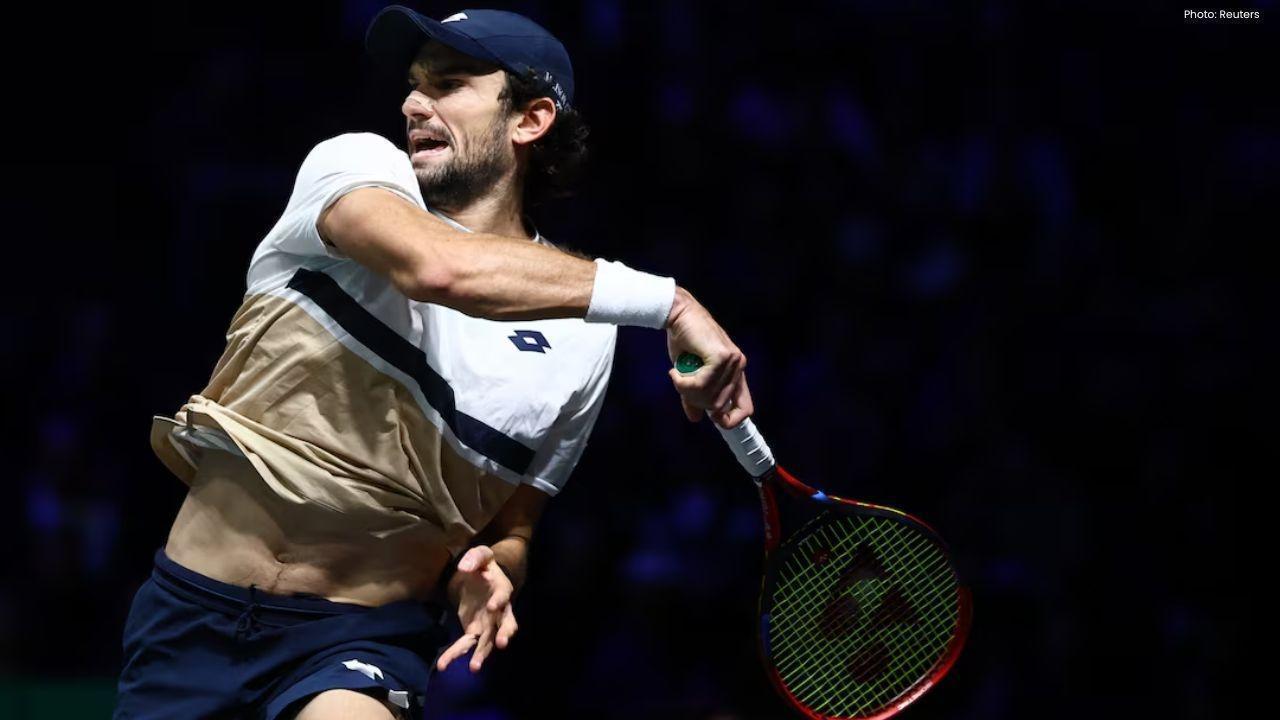
Vacherot Beats Cousin Rinderknech to Reach Paris Masters Last 16
Valentin Vacherot overcame cousin Arthur Rinderknech in three sets to secure a place in the Paris Ma
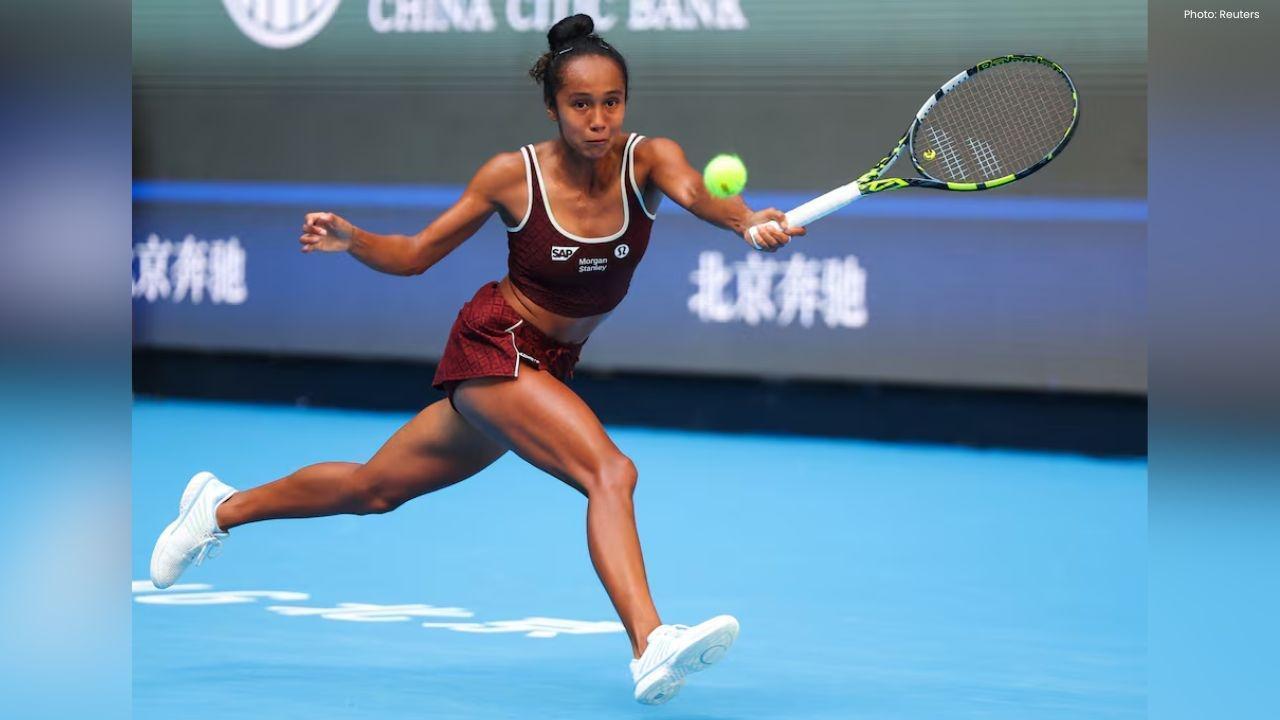
Fernandez Reaches Hong Kong Tennis Open Quarterfinals
Leylah Fernandez moved into the Hong Kong Tennis Open quarterfinals with a straight-sets win, as maj